Understanding Queen-Size Mattress Protector Dimensions
Standard Queen Measurements: Width, Length, and Depth
A standard queen mattress measures approximately 60 inches in width and 80 inches in length, making it one of the most popular choices for single adults and couples. This size provides ample space for comfort without overwhelming a typical master bedroom. However, the depth of a queen mattress can vary significantly, typically ranging from 8 to 14 inches, with some models exceeding 18 inches. This variation in depth emphasizes the importance of selecting a mattress protector designed to accommodate these dimensions adequately. Experts from Mattress Concierge highlight the need for a snug fit to protect mattresses effectively [source: Mattress Firm]. Understanding these dimensions is crucial to ensure the mattress protector fits perfectly, offering optimal protection and extending the mattress's lifespan.
Why Pocket Depth Matters for Thicker Mattresses
Pocket depth is critical for ensuring a mattress protector stays securely in place, especially with thicker mattresses. A protector with inadequate depth may slip off during the night, reducing comfort and compromising protection. As mattress thickness trends increase, with many consumers opting for plusher beds or adding mattress toppers, it's essential to consider a protector that can accommodate these changes. According to a recent survey, a significant portion of consumers are unaware of the increasing average mattress thickness, which now often exceeds the standard 12-inch profile. Thus, selecting a deep pocket mattress protector that fits securely over beds up to 18 inches deep becomes increasingly important to avoid shifting and ensure full protection.
Avoiding Common Sizing Issues in Queen Beds
Many individuals face sizing issues when purchasing protectors that either lack sufficient width or depth, leading to inadequate coverage and protection. One key to avoiding these pitfalls is meticulously checking both mattress and protector specifications for compatibility. It is not uncommon for consumers to express dissatisfaction over sizing errors. A consumer survey conducted by Mattress Advisor revealed that 25% of users report issues with sizing, which results in discomfort and reduced mattress protection. Therefore, taking precise measurements of your mattress before purchasing a protector can save you from these common hassles and enhance your sleeping experience.## Essential Features for Queen Mattress Protection
Waterproof vs. Water-Resistant: Queen-Specific Considerations
Understanding the difference between waterproof and water-resistant materials is crucial for long-term mattress health. Waterproof mattress protectors provide a complete barrier against spills, stains, and moisture, which is particularly beneficial for families with children or pets. For instance, products like the SafeRest Premium Mattress Protector are designed to keep your mattress dry and safeguarded from any accidental spills, ensuring cleanliness and longevity. Health and safety studies highlight the importance of waterproof barriers in reducing allergens and bacteria, which can significantly enhance the sleep environment of allergy-prone individuals.
Hypoallergenic Properties for Allergy-Prone Sleepers
For allergy-prone sleepers, choosing hypoallergenic materials in mattress protectors can make a world of difference. These materials are essential in minimizing allergens such as dust mites, pollen, and pet dander, contributing to a healthier sleep environment. Expert opinions, including those from allergists, emphasize the advantage of opting for protectors made from hypoallergenic fabric to improve sleep quality and reduce allergic reactions. Items like hypoallergenic mattress covers are designed to provide a barrier against potential irritants, thereby fostering a peaceful and allergy-free night's rest.
Bed Bug Proof Encasements: Zippered vs. Traditional Covers
When it comes to protecting your mattress from bed bug infestations, zippered encasements offer an effective solution compared to traditional covers. Zippered encasements fully encase the mattress, creating a secure barrier against bed bugs. Recent studies have shown an increase in bed bug infestations, underscoring the importance of prevention through comprehensive mattress protection. These encasements are designed for ease of use while offering robust protection akin to bed bug-proof mattress covers, ensuring that your sleep is undisturbed and your mattress remains free from pests.## Material Choices for Optimal Queen Bed Protection
Breathable Cotton: Balancing Comfort and Protection
When selecting a mattress protector, breathable cotton stands out due to its exceptional ability to manage moisture and regulate temperature. Cotton mattress protectors are particularly valued for their comfort, as they help enhance overall sleep quality while still providing a protective barrier. Natural fibers like cotton are found to be beneficial for people with various sleep needs because they ensure adequate ventilation, reducing night sweats and discomfort. Research supports that cotton's breathable quality creates an ideal environment for sleep by wicking away moisture and allowing for temperature regulation.
Cooling Tencel & Bamboo for Temperature Regulation
Tencel and bamboo materials have rapidly gained popularity for their superior temperature control capabilities, offering sleepers a comfortably cool nightly experience. These materials possess absorbent properties that efficiently wick moisture away from the body, making them highly suitable for warmer climates or heated sleepers. In fact, studies show that a significant number of consumers prefer mattress protectors that provide a cooling effect, enhancing their overall sleep quality. Cooling mattress protectors like those made from bamboo or Tencel effectively address the concern of overheating, which is crucial for a restful, uninterrupted sleep.
Noise-Free Synthetic Options for Light Sleepers
Synthetic materials designed with noise-reduction features are ideal for light sleepers who are easily disturbed by movement sounds. Noise-free synthetic mattress protectors manage to offer essential protective qualities without sacrificing comfort, ensuring a steady and undisrupted sleep experience. Consumer feedback often highlights the remarkable noise-canceling ability of these materials, making them a popular choice among those sensitive to noise. Experts also recommend these quiet mattress protectors for their balance of silence and functionality, proving beneficial for individuals who need a peaceful sleep setting.## Maintaining Your Queen Mattress Protector
Washing Frequency and Care Instructions
Proper maintenance of your mattress protector is vital for long-term durability and performance. Ideally, it's best to wash your mattress protector every one to two months, using cold or lukewarm water to prevent damage to its protective layers. Utilizing gentle wash cycles can further help preserve its quality. The way you care for your protector significantly impacts its longevity. Adhering to the manufacturer’s instructions for both washing and drying can safeguard against damage, ensuring it continues to protect effectively. Laundry experts such as Martha Stewart recommend air drying or using a low heat setting to avoid damaging waterproof membranes and elastic components.
Preserving Elastic Edges for Long-Term Fit
Ensuring that the elastic at the edges of your mattress cover remains in good condition is crucial for maintaining a secure fit. To extend the life of the elastic, it's essential to avoid over-stretching during both application and removal. Additionally, avoid high heat drying methods that can degrade elasticity. Improper laundering, such as using hot water or high heat drying, can significantly shorten the lifespan of elastic materials found in mattress covers. Many consumers testify that following the care instructions strictly has led to extended use of their protectors, preserving the snug fit over extended periods. Thus, simple maintenance strategies can make a notable difference.
When to Replace a Worn Protector
A worn mattress protector loses its effectiveness, and knowing when to replace it is crucial for maintaining sleep hygiene. Signs such as visible wear, consistent discoloration, or loss of waterproof capabilities indicate it's time for a replacement. On average, most mattress protectors have a lifespan of around two to three years, although factors like material quality and care practices can influence this duration. Research underscores the significance of replacing worn protectors as they play a pivotal role in safeguarding against allergens and spills, thus promoting a healthy sleep environment. Keeping an eye on wear and tear ensures the protector continues to offer maximum protection and comfort.## Queen Mattress Protector Buying Checklist
Verifying Depth Compatibility (12"-18" Pockets)
Ensuring depth compatibility is crucial when choosing a queen mattress protector, as it guarantees the right fit for different mattress heights. Mattress protectors come with various pocket depths, typically ranging from 12 to 18 inches. This range accommodates the majority of standard mattresses, but it's essential to verify your mattress's depth first. For instance, if your mattress is taller than 18 inches, you may need a protector that offers extra-deep pockets. Many buyers encounter dissatisfaction due to failing to verify depth compatibility prior to purchase. Consumer complaints often highlight that the protector doesn't entirely cover the mattress, leading to discomfort and reduced efficacy in protection.
Testing Secure Fit: Elastic vs. Skirted Designs
The choice between elastic and skirted designs plays a significant role in a protector's fit and performance. Elastic designs are akin to fitted sheets, offering a snug fit around the mattress's edges and are often preferred for their simplicity and ease of use. Skirted designs, on the other hand, may come with additional fabric that encases part of the mattress, providing extra security against shifting. Expert evaluations generally suggest elastic designs hold the edge in terms of secure fit and ease of removal. Consumer surveys echo this sentiment, with many users preferring the hassle-free, seamless edge that elastic designs offer, contributing to an effective protective barrier.
OEKO-TEX Certification for Health Safety
OEKO-TEX certification assures consumers of the health safety of textile products, including mattress protectors. This certification signifies that the product has been tested to meet high safety and environmental standards, free from harmful substances. When choosing a mattress protector, OEKO-TEX certification serves as a mark of quality and assurance, indicating the absence of potentially hazardous chemical residues. Statistics show a growing preference for OEKO-TEX-certified products within the bedding industry, with a noticeable uptick in consumer awareness regarding the implications of non-certified products on health. For many consumers today, health safety in product choice is paramount, making OEKO-TEX certification an important consideration.

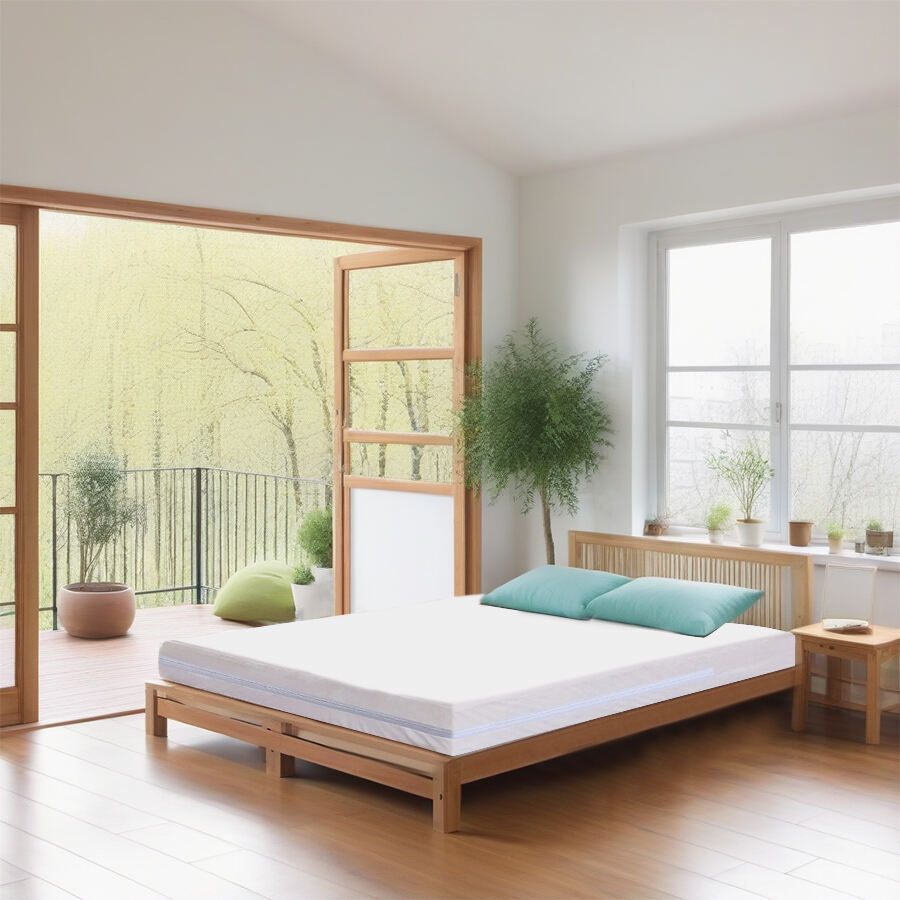
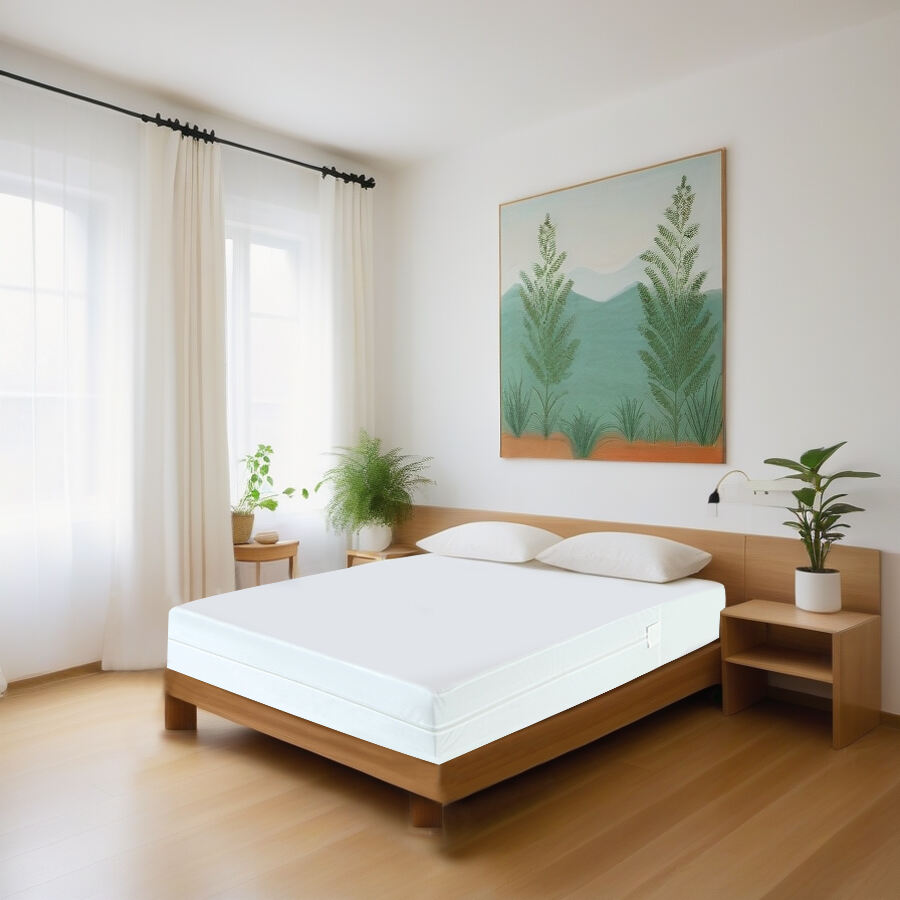



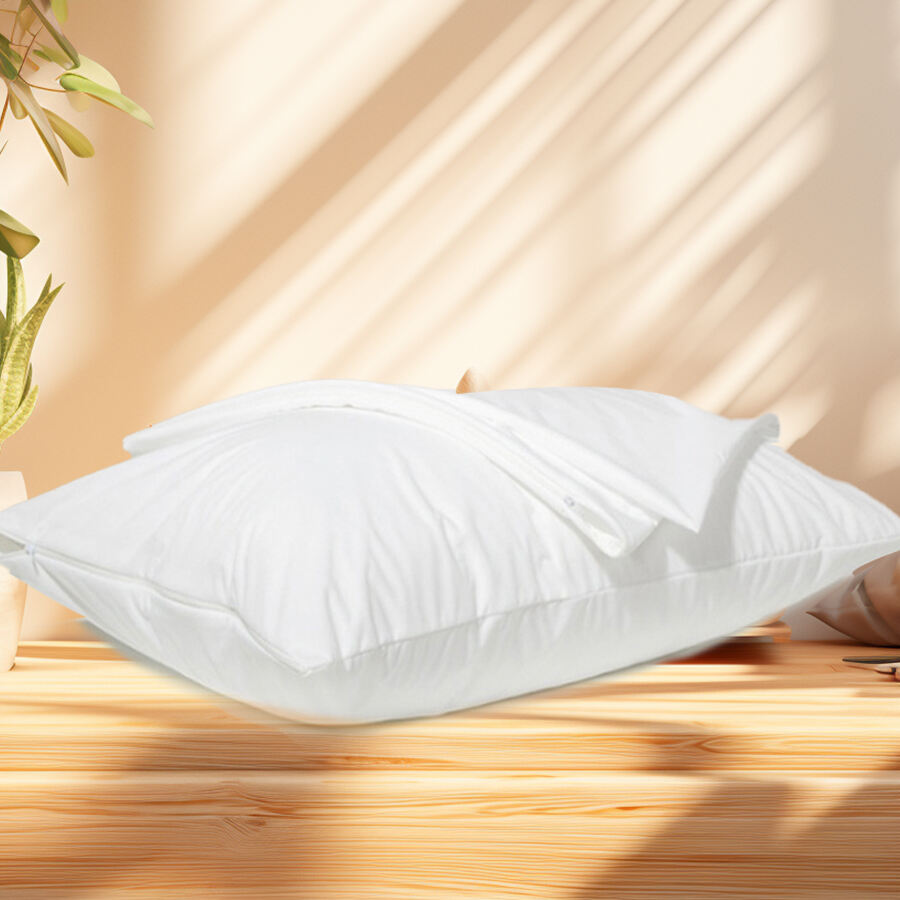













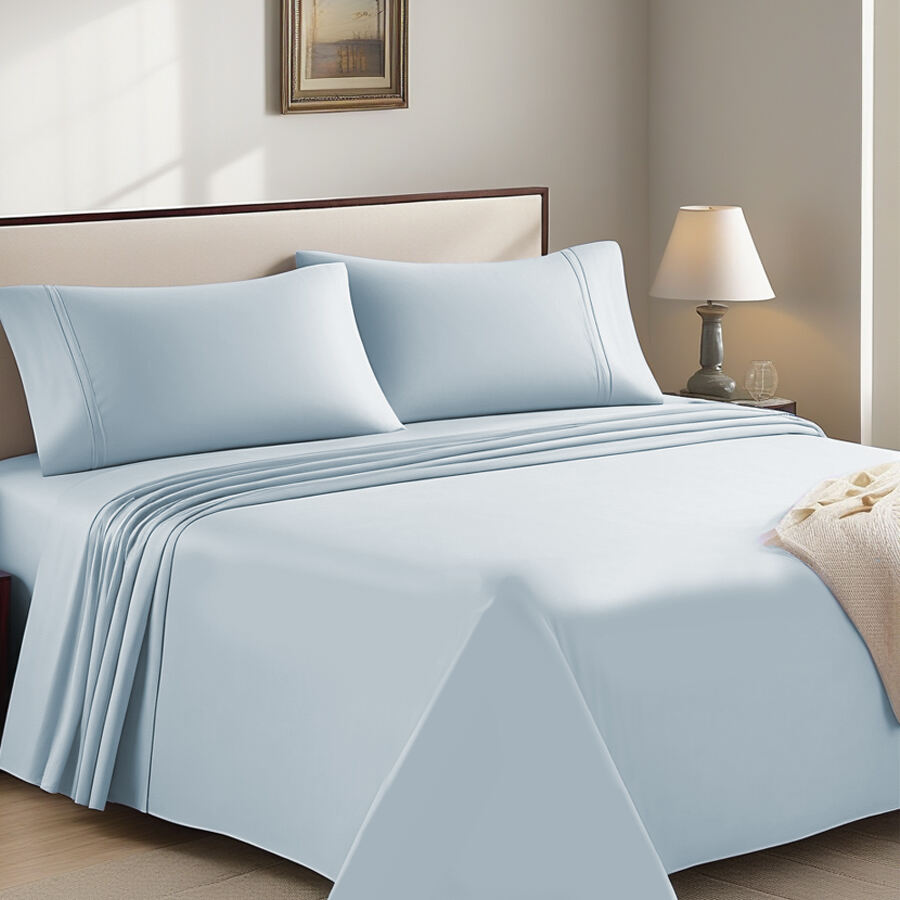


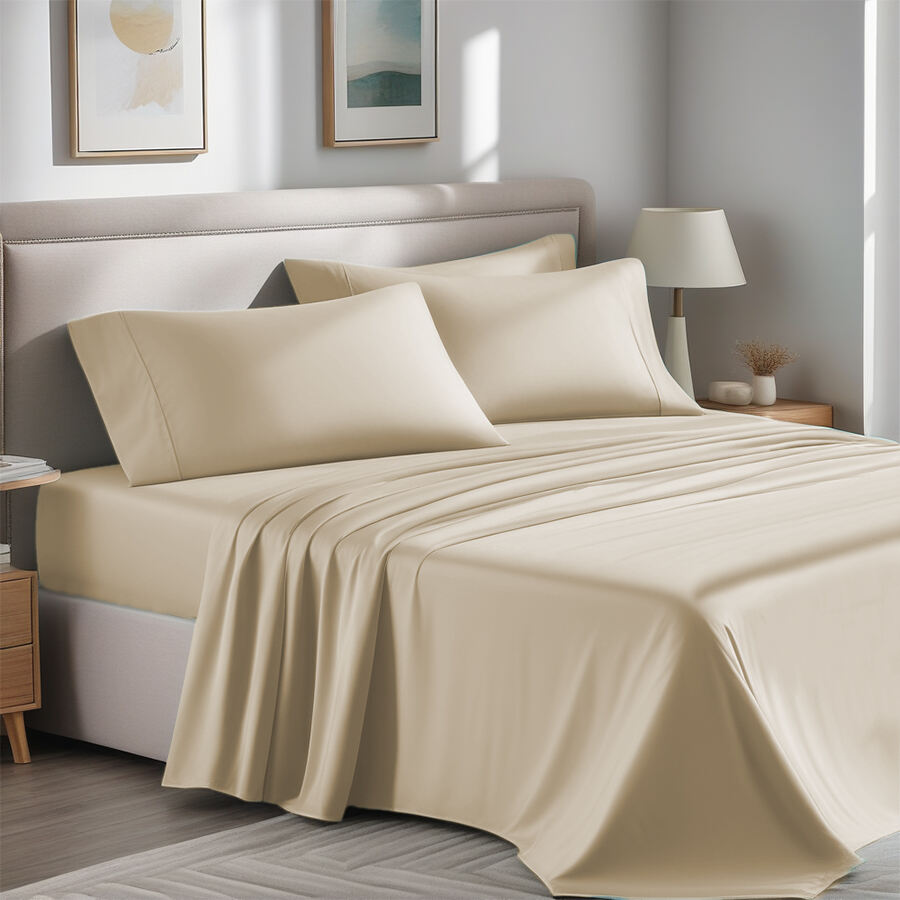




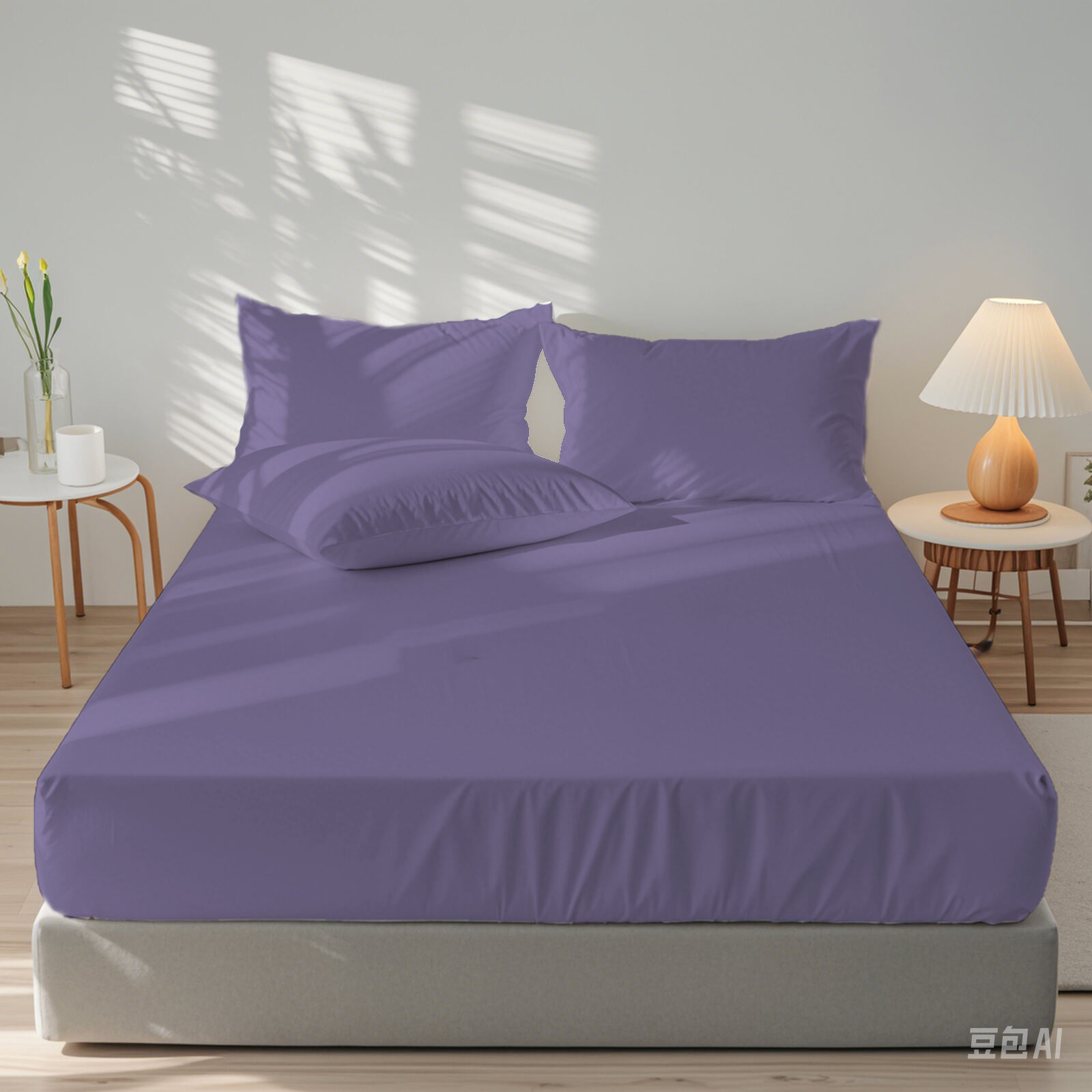
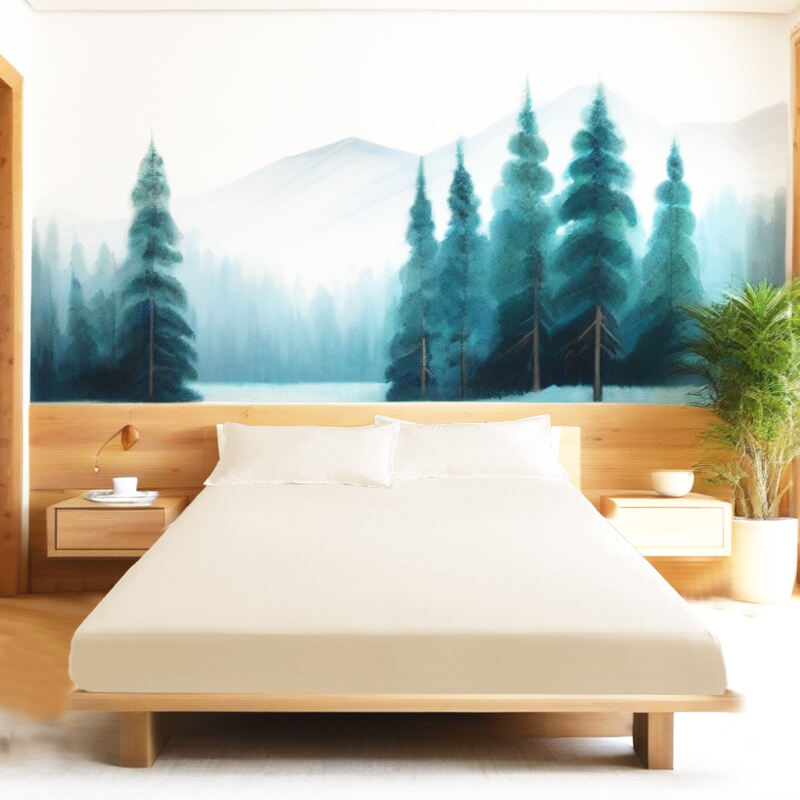
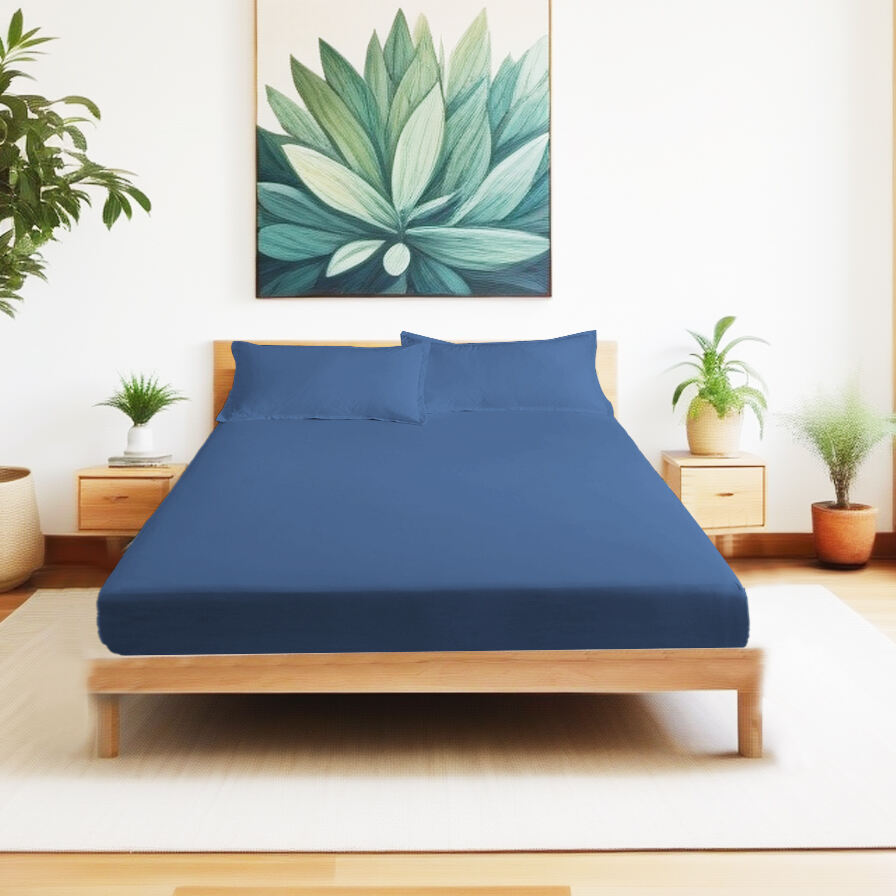

 EN
EN
 AR
AR HR
HR DA
DA NL
NL FR
FR DE
DE EL
EL IT
IT JA
JA KO
KO NO
NO PL
PL PT
PT RU
RU ES
ES SV
SV IW
IW VI
VI HU
HU TR
TR AF
AF MS
MS GA
GA